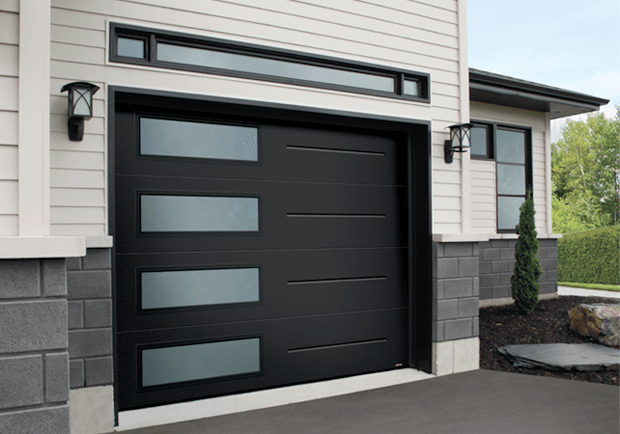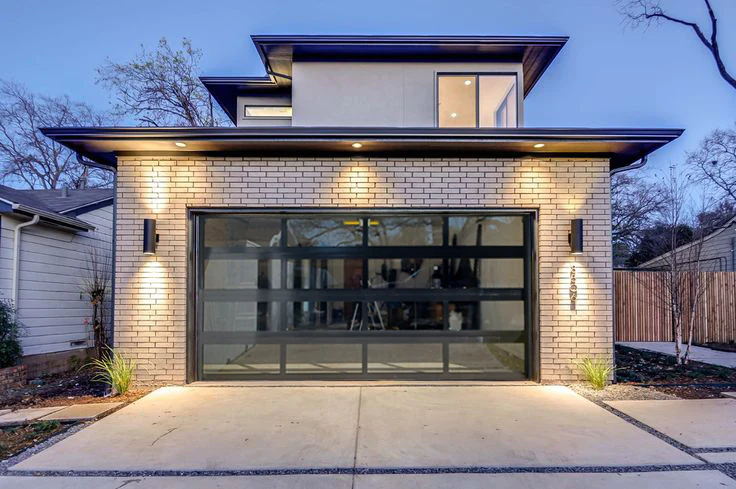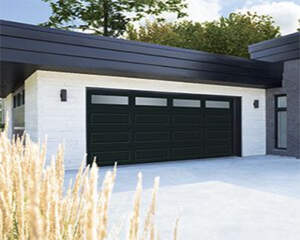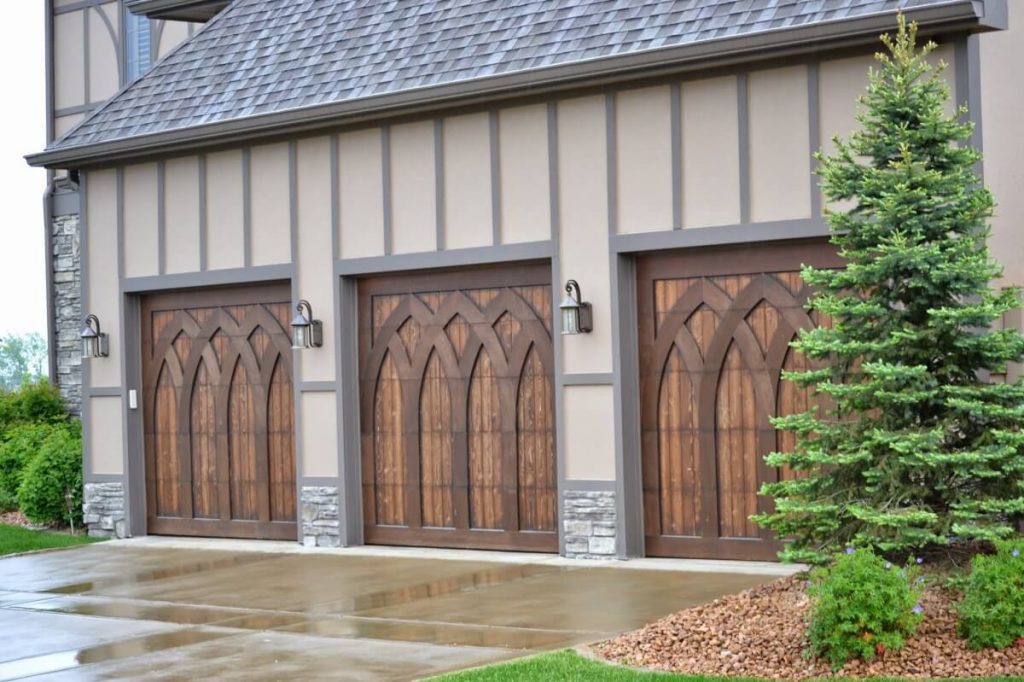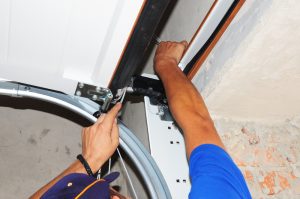Understanding the Types and Functions of Garage Door Cables
Garage door use cables and springs in order to lift and lower the door. The cables reduce the stress on springs, helping the entire mechanism to last longer and move the door more smoothly. If your garage door’s cables malfunction or wear out, it is important to arrange for a prompt garage door repair in Henderson from an experienced technician who is familiar with cable replacement.
Tension Cables
The tension cables are situated at the upper right and left sides of a garage door. They are paired with a tension wire that runs all the way to the bottom of the garage door, fitting along its track. If the tension wire detects slack, the garage door opener will not engage. If the tension cables are too loose, the door will slam at the bottom. If they are too tight, the door will not close all the way.
Emergency Release Cable
Garage doors are also outfitted with an emergency release cable. This cable allows you to take the garage door off of its chain or bolt and open or close it. You might need to do this if the door gets stuck while the motor is opening or closing it. If the electricity goes out, the emergency release cable allows you to open or shut the garage door manually.
Signs that Tension or Emergency Release Cables Need Replacement
A cable may need replacement if its outer coating becomes worn or frayed. The cables should also be replaced if you notice that the garage door is jerky when it opens or closes. If the door slams to the ground or does not shut all the way, this suggests the need for cable replacement. If the cable snaps, do not try to do anything with the garage door, because the springs are under tension.


